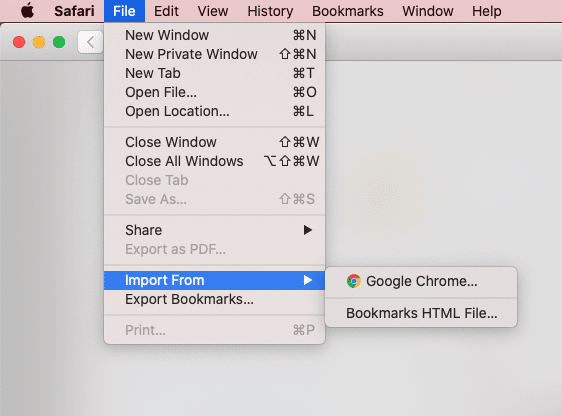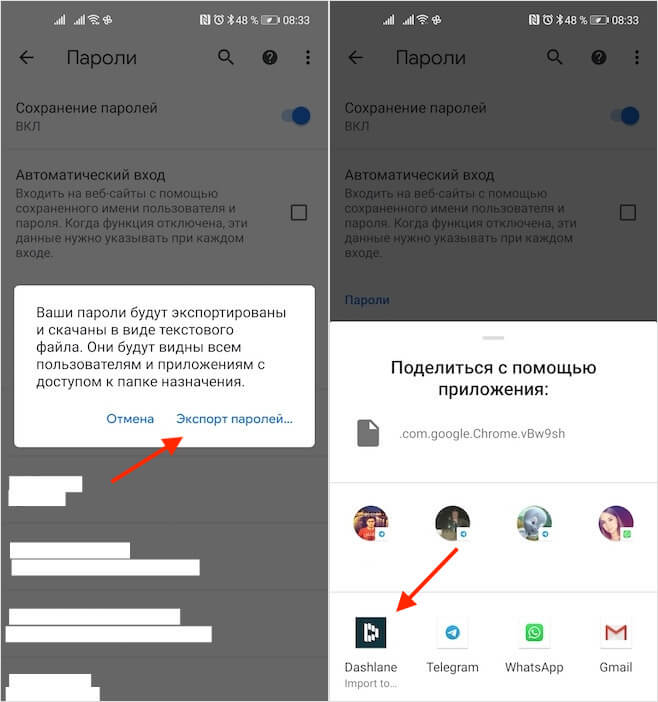Changing the browser is a rather difficult event, which can only be compared with moving to a new apartment. Not only do you have to get used to a completely new layout of the interface elements, but you also need to somehow transfer all the accumulated experience with you. By experience I mean the history of visits, as well as, what is more valuable, logins and passwords, of which several hundred pairs can accumulate over several years. But since many have no idea how they can be extracted from the old browser and transferred to the new one, they either interrupt all the data manually, or just pretend that they 'decided to start from scratch'. Well, in vain.

Google Chrome allows you to conveniently upload passwords anywhere
Despite the fact that Google Chrome is a very convenient tool for web surfing, which Google regularly updates, replenishing its functional range, from time to time users go to competitors. As a rule, the main reason turns out to be the gluttony of the search giant's browser, which the developers of the search giant have promised to eliminate for six years, but have not yet bothered to fulfill even half of the promises. For this reason, by the way, I switched to Safari, abandoning the use of Chrome on desktops altogether.
How to transfer passwords from Chrome to Safari
If you, like me, Safari, should have no problems with porting. However, keep in mind that the import function in the branded browser Apple appeared only with the release of macOS 10.15.4. But, if you haven't updated, don't worry, there will be a method for you next.
- Update your Mac to macOS 10.15.4;
- Launch Safari and click File on the menu bar;

You can import passwords from Chrome into Safari only on macOS Catalina
- Here select 'Import from …' – Google Chrome;
- Select passwords and click 'Import'.
This action will initiate copying of all logins and passwords saved in Chrome, with subsequent transfer to the 'Keychain'. Thanks to it, the received information will be synchronized and the data for autofill upon authorization will appear on all your devices.
How to import passwords into Yandex Browser
Yandex.Browser is considered one of the most popular browsers, in favor of which users refuse Chrome. Yandex developers are well aware of this, and therefore have equipped their product with a built-in tool for importing passwords. This is how it works:
- Launch Yandex Browser, go to the context menu and select 'Settings';
- In the 'Synchronization' section, click 'Import data';
- In the window that opens, select Chrome if it acts as a donor;

Yandex Browser offers to import passwords from any passwords either during setup or manually
- Check the types of data you want to transfer (tabs, passwords, etc.);
- Confirm the transfer and wait for the data to be saved.
Despite the fact that Yandex Browser does not have its own keychain, it still supports automatic synchronization with browsers for other platforms. Therefore, after importing data to the desktop, be sure that it will also appear on the smartphone.
How to get passwords out of chrome
Well, the third way is to not bind yourself to a specific browser in principle. The only way to enforce this rule is to use a third-party password manager. It doesn't matter which one you choose – the method of importing authorization data will be absolutely identical. I'll show you the process using the example of Dashlane:
- Install a password manager for yourself at Android (migration is easier on a mobile platform);
- Launch Chrome, go to the context menu, and from there to 'Settings';

Export passwords from Chrome to Dashlane
- In the window that opens, select 'Passwords' – context menu – 'Export passwords';
- Confirm consent to export with biometrics and select a password manager where you want to save authorization data.
A third-party password manager is better than the built-in one in that it is browser independent. Therefore, it doesn't matter if you use Google Chrome, Opera, Yandex Browser or Safari – your passwords will always be with you, allowing you to log in at any time and from any device.
